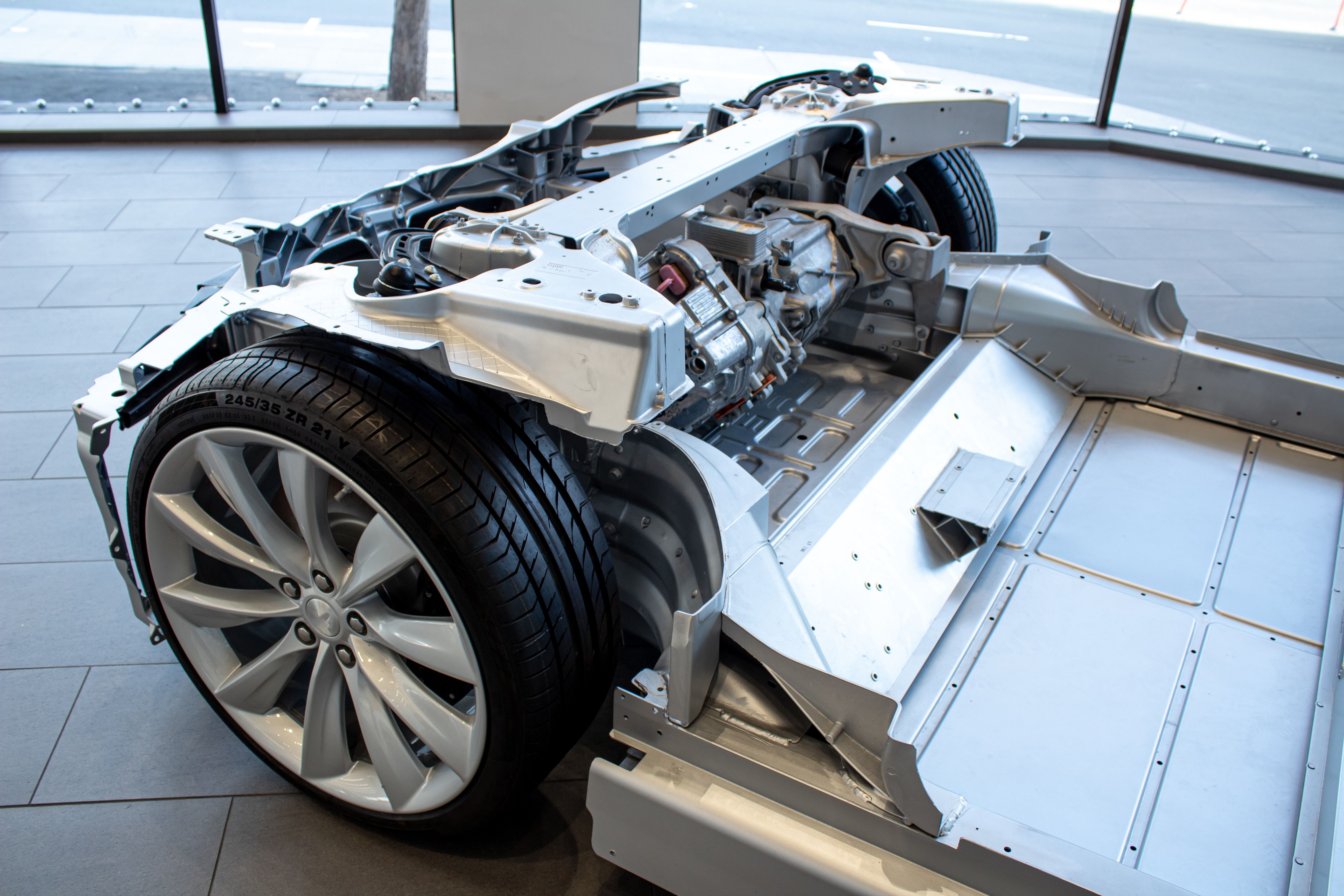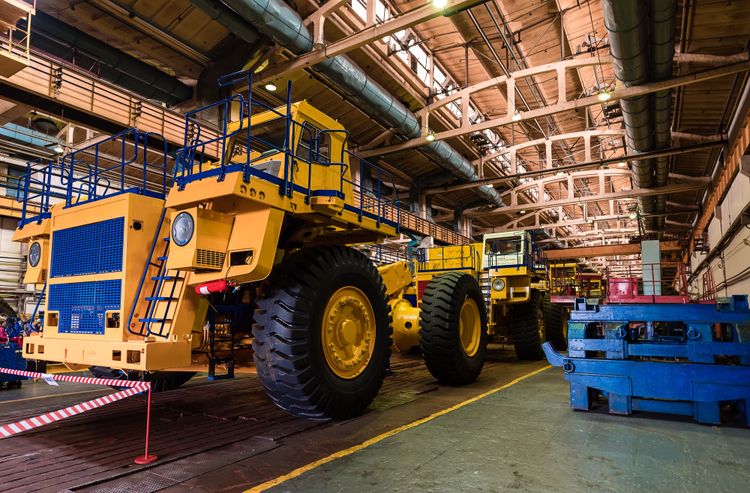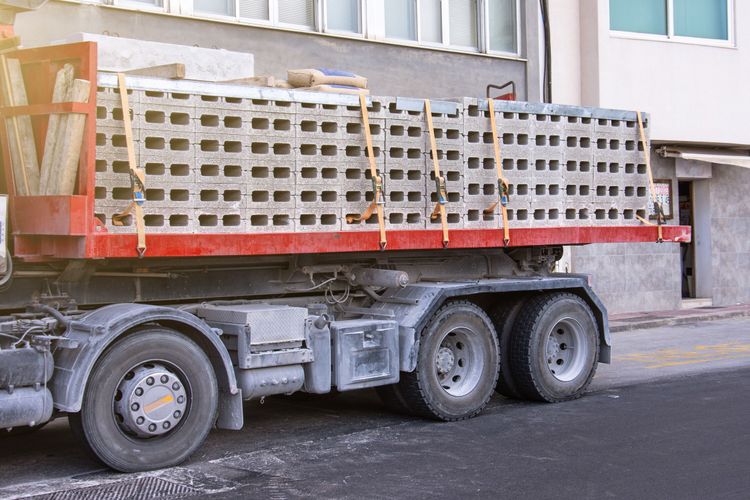Steel truck bodies are often preferred over their aluminium counterparts because they are cheaper to purchase initially. This cost difference makes them more accessible for buyers who have budget constraints and cannot afford the higher upfront expenses of aluminium bodies.
Additionally, steel bodies are particularly well-suited for heavy-duty applications, such as landscaping jobs that involve transporting large and heavy materials like boulders. Steel's inherent strength and durability make it an ideal choice for tasks that involve frequent loading and unloading of substantial loads, ensuring the longevity and reliability of the truck body under demanding conditions.
- Material selection: steel is a popular choice for truck bodies due to its inherent strength and durability. However, various steel grades and thicknesses are available, each offering different levels of strength and weight. The challenge lies in selecting the appropriate grade and thickness to meet the truck's performance requirements while keeping weight in check.
- Structural design: the design of the truck body plays a significant role in determining its strength-to-weight ratio. Engineers must optimise the structural layout to minimise unnecessary weight without compromising strength. This may involve utilising advanced modelling and simulation techniques to analyse stress points and distribution throughout the body.
- Weight reduction techniques: several strategies for reducing weight while maintaining strength. Optimising component design to eliminate excess material and utilising efficient manufacturing processes can reduce weight.






 +91 7208055523
+91 7208055523
 Help & support
Help & support
